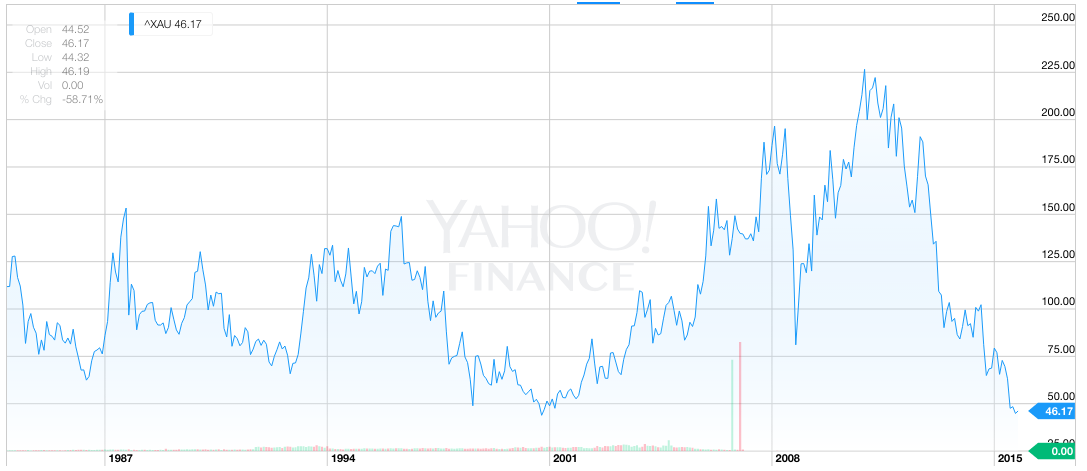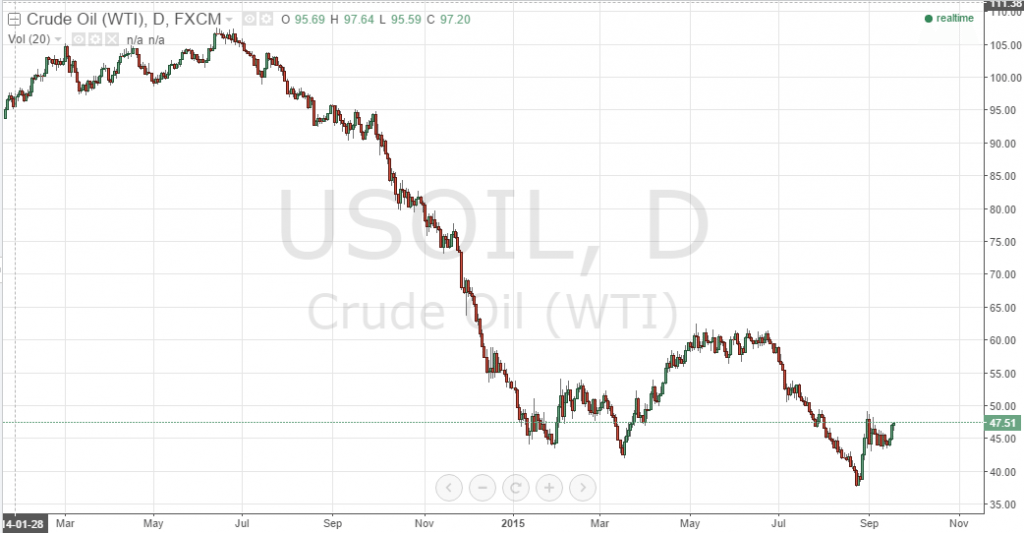Global equities markets gained strength on Monday, as a slew of disappointing economic data translated to expectations of a further delay in the US rate hike. The S&P 500 (^GSPC) gained just shy of 2% to close out the session at 1985 flat, while the Dow Jones Industrial Average (^DJI) reached session highs of 16798 to close out a few points shy of highs at 16776. Across the pond the FTSE 100 (^FTSE) followed suit, gaining 1.7% to close out the day bang on session highs of 6336.
The action came as European purchasing managers’ index (PMI) data out of Germany, Spain, Italy, the UK and the wider Eurozone missed expectations, fuelling the suggestion that the Eurozone remains very much on the wrong side of the growth curve. This, in turn, suggests the single currency region may not be able to withstand the restriction of global liquidity a US rate hike would create.
A similar situation played out in the US, where services PMI data came in on the button but lackluster from a historical perspective, and non-manufacturing PMI missed 56.9 on expectations of 57. So with did this create some equities market strength? Well, the weaker global economies are (as inferred by disappointing data) the less likely Janet Yellen and the Federal Reserve are to raise rates in the US. A continuation of loose monetary policy translates to a continuation of readily available, very cheap investment capital, which boosts markets.
ECB President Mario Draghi is set to take the stage early afternoon (US session) – an event that will likely overshadow any of the day’s major data releases from a volatility perspective. Nobody really expects any hawkishness, so if we get even the slightest hint that he is considering raising rates, expect some weakness in European equities.
Looking at today’s Draghi speech from a currencies perspective, look for the expected dovishness to weaken the Euro versus its Dollar counterpart. The EURUSD has stagnated somewhat over the past week or so, but if we get a breakout, 1.1100 support could quickly evaporate.
The RBA maintained rates at 2% on Monday night. Most expected this maintaining, but against a backdrop of equities market weakness in Australia there was always the potential for a cut. This translated to some pent up pressure in the value of the Aussie versus its major counterparts, which in turn translated to a jolt of bullish momentum in the AUDUSD on the announcement of the hold. We’ve got new home sales data out of Australia this evening, so expect anything below the previous figure of a 0.4% decline to temporarily halt this upside momentum. 0.7200 will likely be key near term.
Gold weakened slightly on Monday, as an inverse response to the risk on sentiment that saw equities rally. On Tuesday, however, the yellow metal has recouped Monday’s losses and trades mid US session at a little over $1149 an ounce. Keep in mind that Draghi’s speech will likely dictate the near term action in the XAUUSD, with a dovish tone likely to mark a return to yesterday’s bearish momentum and weaken gold further. This is short term, of course. Longer term a dovish tone suggests Draghi is not confident about the condition of the Eurozone, and hints at a shift to global risk off sentiment moving forward.
Looking at energies, crude gained on Monday to build on the strength seen heading into the end of last week, and mid US session on Tuesday looks set to continue run. A break above 50 (WTI is currently trading just shy of $48 flat) would likely result in further strength from a technical perspective.













